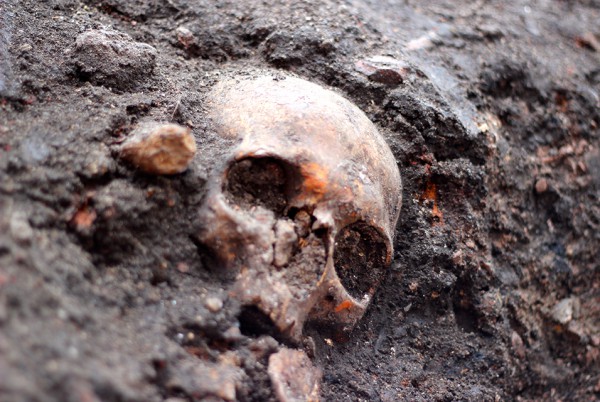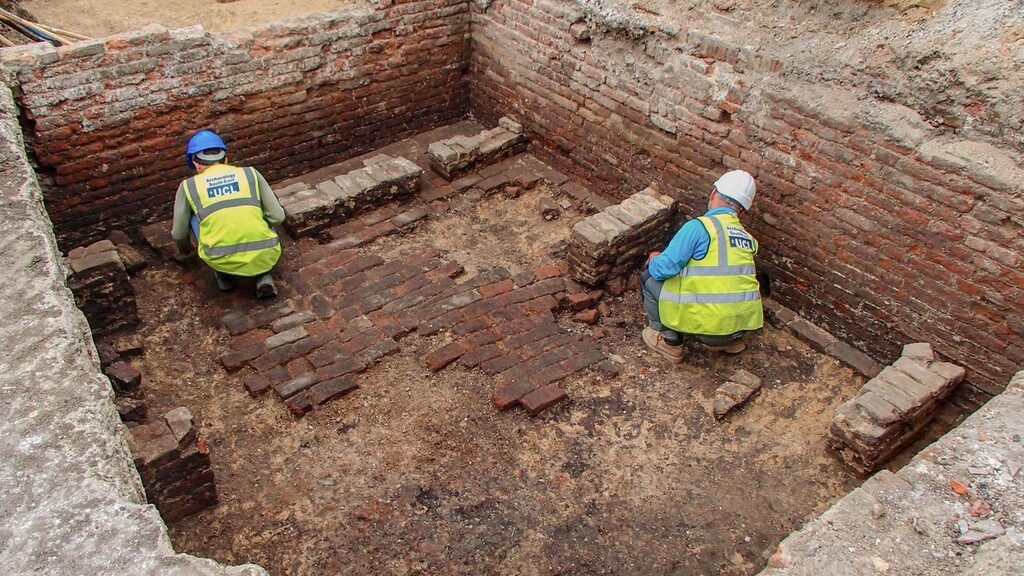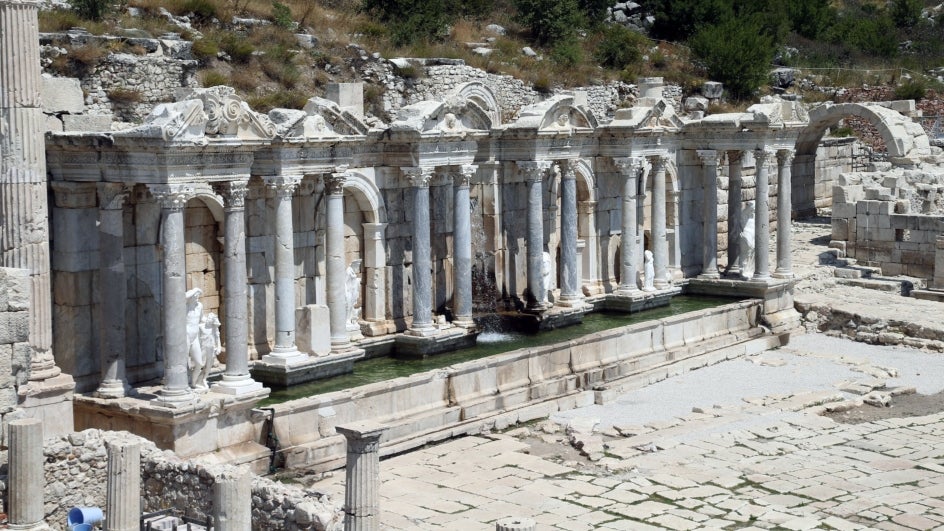Massive Prehistoric Monument Detected Near Stonehenge
Two miles from Stonehenge, a series of ancient shafts excavated thousands of years ago has been found. Analysis of the 20 or more shafts suggests the features are Neolithic and excavated more than 4,500 years ago – around the time the nearby ancient settlement of Durrington Walls was built.

The shafts, around more than 10 meters in diameter and five meters deep form a circle of more than 1.2 miles around the Durrington Walls and Woodhenge monuments on Salisbury Plain, near Amesbury in Wiltshire.
The research was carried out by a team of researchers from St Andrews, Manchester, Warwick, Sheffield, Glasgow and Trinity Saint David University in Wales.

The pits surround the ancient settlement of Durrington Walls, two miles (3km) from Stonehenge, and were discovered using remote sensing technology and sampling.
Prof Gaffney, of the University of Bradford, said the discovery demonstrated “the capacity and desire of Neolithic communities to record their cosmological belief systems in ways, and at a scale, that we had never previously anticipated”.
“The area around Stonehenge is amongst the most studied archaeological landscapes on earth,” he added.
“It is remarkable that the application of new technology can still lead to the discovery of such a massive prehistoric structure.
“When these pits were first noted, it was thought they might be natural features. Only through geophysical surveys, could we join the dots and see there was a pattern on a massive scale.”
Prof Gaffney said a “proper excavation” was required to determine the exact nature of the pits but that the team believed they acted as a boundary, perhaps marking out Durrington Walls as a special place, or emphasizing the difference between the Durrington and Stonehenge areas.

He said it was difficult to speculate how long they would have taken to create, but using manual stone tools, there would have been “considerable organization of labour to produce pits on this scale”.
“The pits are massive by any estimate. As far as we can tell they are nearly vertical sided; that is we can’t see any narrowing that might imply some sort of shaft. Some of the silts suggest relatively slow filling of the pits. In other words, they were cut and left open,” added Prof Gaffney.
Dr. Richard Bates, from St Andrews’ School of Earth and Environmental Sciences, said it had given an insight into “an even more complex society than we could ever imagine”.
His colleague Tim Kinnaird said sediments from the shafts had allowed archaeologists to “write detailed narratives of the Stonehenge landscape for the last 4,000 years”.
Dr. Nick Snashall, National Trust archaeologist for the Stonehenge World Heritage Site, hailed the discovery as “astonishing”.
She said: “As the place where the builders of Stonehenge lived and feasted, Durrington Walls is key to unlocking the story of the wider Stonehenge landscape, and this astonishing discovery offers us new insights into the lives and beliefs of our Neolithic ancestors.
“The Hidden Landscapes team has combined cutting-edge, archaeological fieldwork with good old-fashioned detective work to reveal this extraordinary discovery and write a whole new chapter in the story of the Stonehenge landscape.”

































